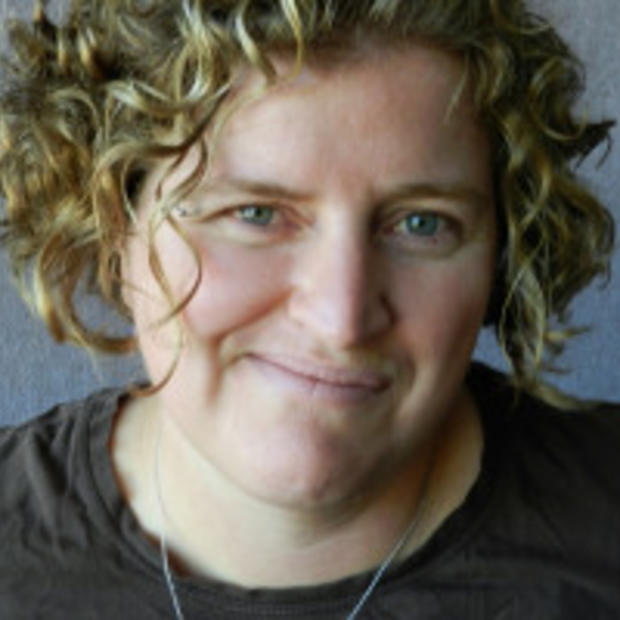The Pacific Fisheries Management Council bases the limits on salmon run projections up and down the coast. While the 2019 chinook salmon catch will be slightly lower than last year, the coho fishery in Washington and northern Oregon will be much improved. Recreational anglers would benefit most from this.
In addition, the council is starting work on plans to rebuild five Northwest fish runs considered to be “overfished,” a technical designation for when the three-year average of salmon returning to a river to spawn falls below a threshold set by fishery managers.
“The overfishing doesn’t necessarily mean we caught too many fish. It could be because of a drought. It could be a result of many, many environmental things going on in the streams,” said Butch Smith, a charter fisherman who chairs the Salmon Advisory Subpanel for the council.
The overfished runs include fall chinook from the Klamath and Sacramento rivers and coho from the Strait of Juan de Fuca and the Snohomish and Queets rivers. Over the next few months, the council will determine whether fishing limits should be adjusted next year to help increase the number of salmon.
The Pacific Fishery Management Council also kicked off a process that could lead to more salmon being available for orcas in the Pacific Northwest. The council learned last month that the National Marine Fisheries Service, the agency responsible for administering Endangered Species Act protection for marine species, is planning to step in to assess how fishing affects southern resident orcas.
The endangered southern residents spend most of their time in Puget Sound but feed off Oregon and California certain parts of the year. There are fewer than 80 left, and they depend on chinook salmon for food.
Ten years ago, a similar assessment determined commercial, recreational and tribal fisheries did not have a significant effect on the orcas’ food supply. But in a lawsuit, the Center For Biological Diversity argued new information about where the whales get their food warrants another look.
“We definitely intend for this consultation to not just result in a new document with a new date stamp on it, but it will actually inform how they manage these fisheries. And they could take measures that are going to help the orcas recover,” said center lawyer Julie Teel Simmonds.
New science shows that the southern resident orcas depend on several of the same salmon runs regulated by the fisheries council — runs on rivers as far south as the Rogue, Klamath and Sacramento.
While federal officials say there's a likelihood that this process will result in fishery closures, the notice to council members said, “any activities that affect the abundance of chinook salmon available to southern resident killer whales have the potential to impact the survival and population growth of the whales.”
There has been concern that Northwest fishermen will disproportionately be penalized in order to protect the orcas.
“It’s just not a one-stop shopping fix. I think a country [Canada] and Alaska have to also be engaged in the recovery of these whales,” Smith said.
The consultation won’t affect this year’s fishery, but officials aim to have the process complete in time to set salmon limits in 2020.



